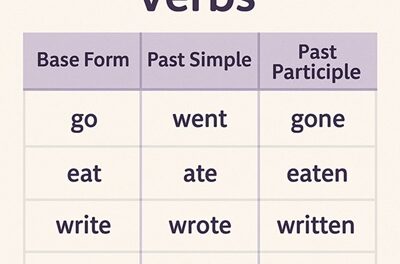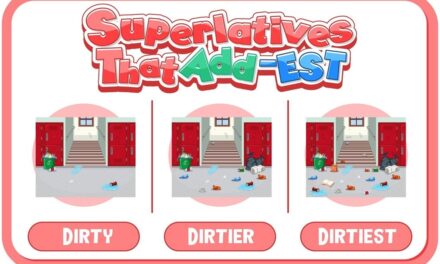The Parliament of India stands as the cornerstone of the country’s democratic governance, embodying the principles of representation, accountability, and legislative authority. Comprising two houses, the Lok Sabha (House of the People) and the Rajya Sabha (Council of States), the Indian Parliament serves as the supreme legislative body, responsible for enacting laws, overseeing the government’s functioning, and representing the interests of the people.
The Lok Sabha, with members elected directly by the people, reflects the diversity of India’s population and holds the primary responsibility for passing legislation and forming the government. The Rajya Sabha, on the other hand, represents the states and territories of India, ensuring their voices are heard in the legislative process. Together, these two houses work in tandem to uphold the principles of democracy, debate crucial issues, and shape the trajectory of the nation’s development.
The Parliament House in New Delhi stands as a symbol of India’s democratic aspirations, where elected representatives convene to deliberate, legislate, and uphold the constitutional values enshrined in the Indian Republic.
The worksheet covers the following topics: –
Central Government- states and union territories, Parliament, Lok Sabha Rajya Sabha
Lok Sabha- Lower House, Speaker, Constituencies, Members of Parliament,
Rajya Sabha- Upper House, Vice President
The President- Head of the country
Forming the Government- multi-party system, party, elections, candidates, Prime Minister, cabinet ministers, deputy ministers, ministers of state
State Government- Legislative Assembly, Governor, Chief Minister
The Judiciary- Supreme Court, High Court,

















